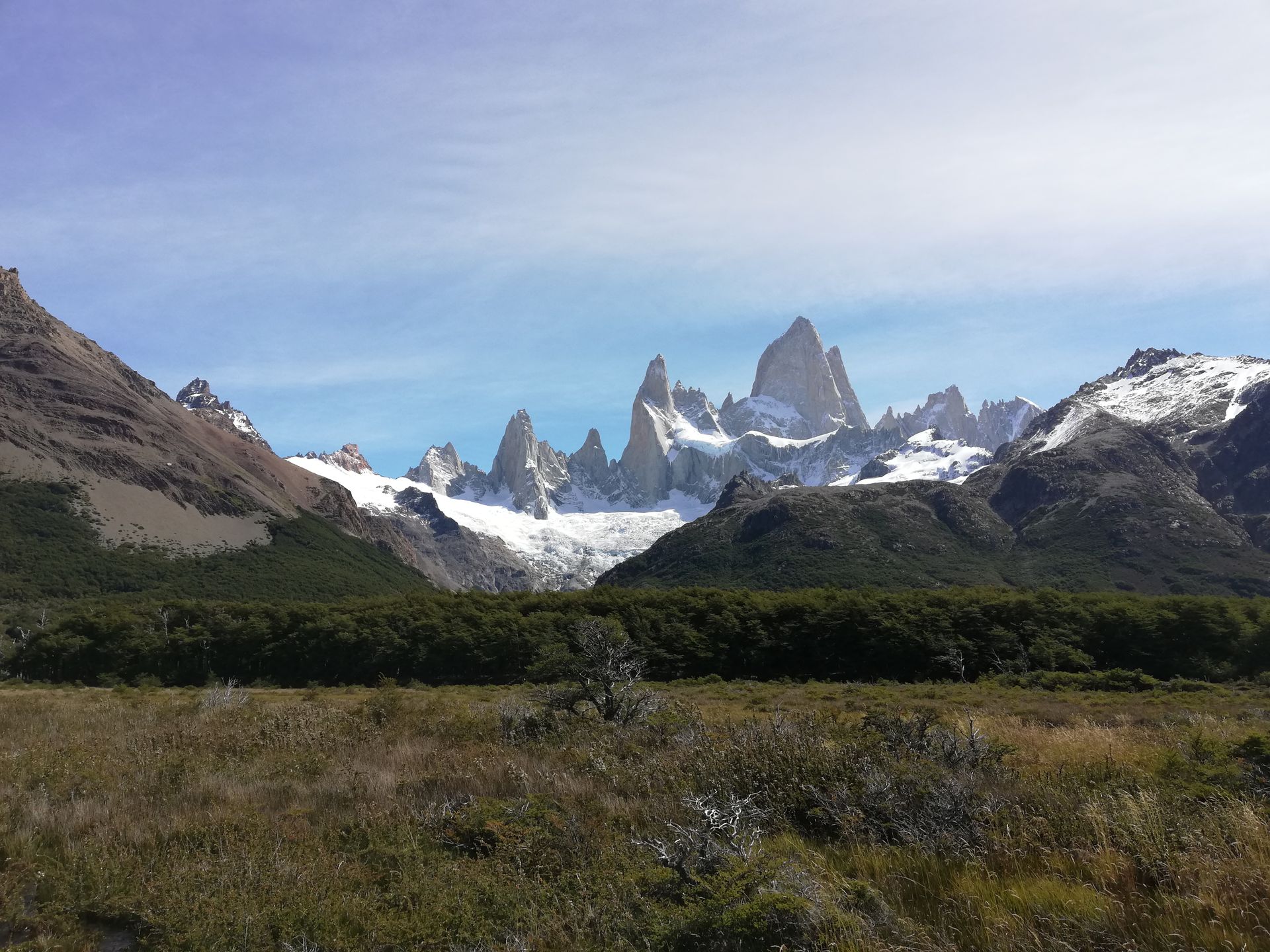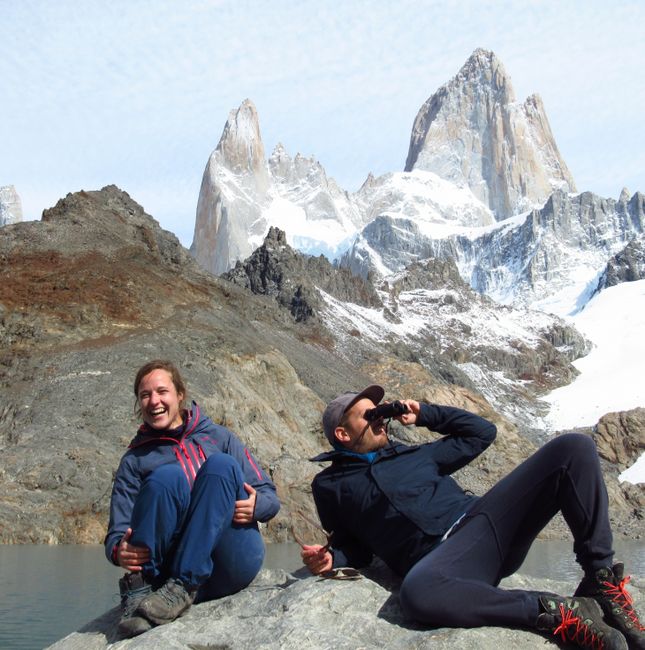
Reiseblog von Fabienne & Simon
vakantio.de/fabienneundsimonontour
F: Huaraz
Gepubliceerd: 14.11.2019
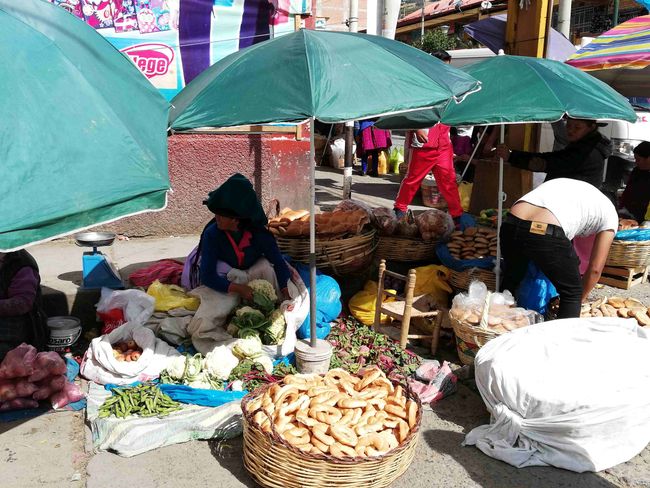
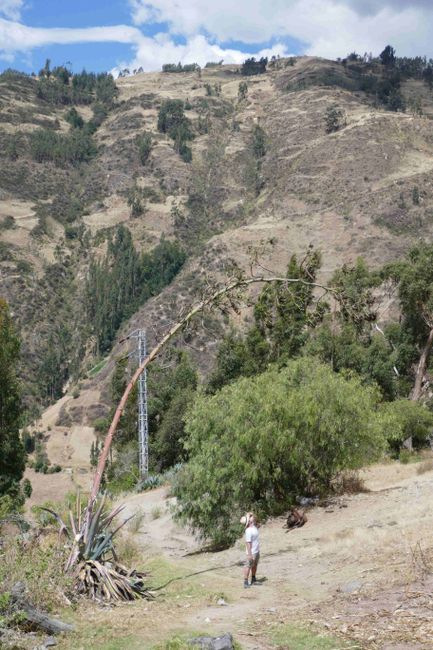
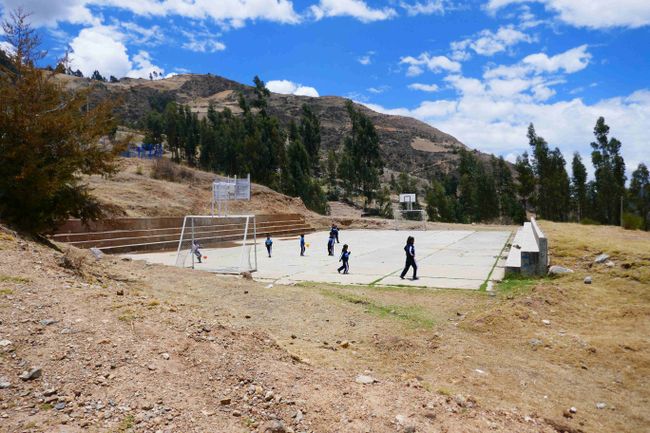
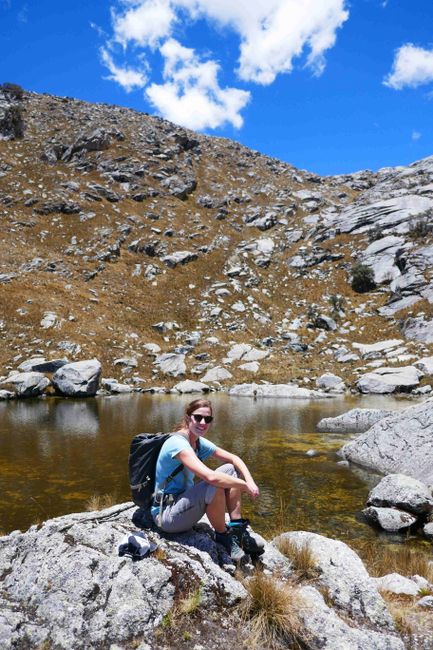
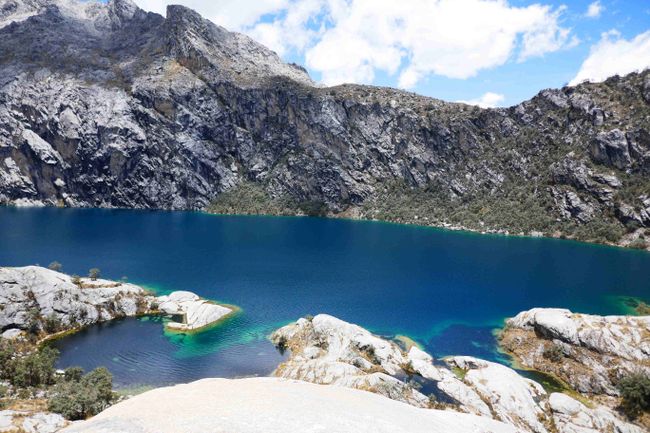
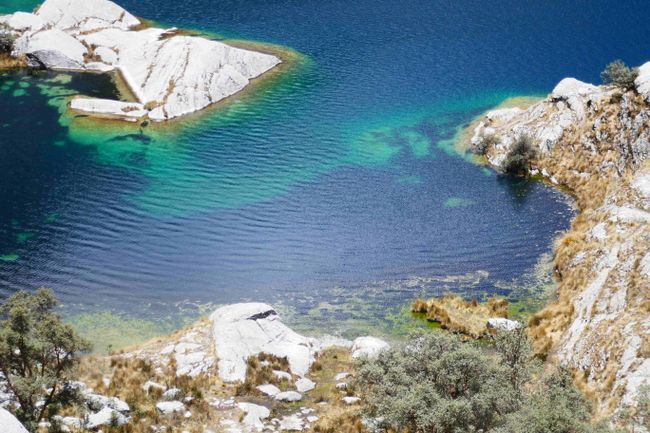
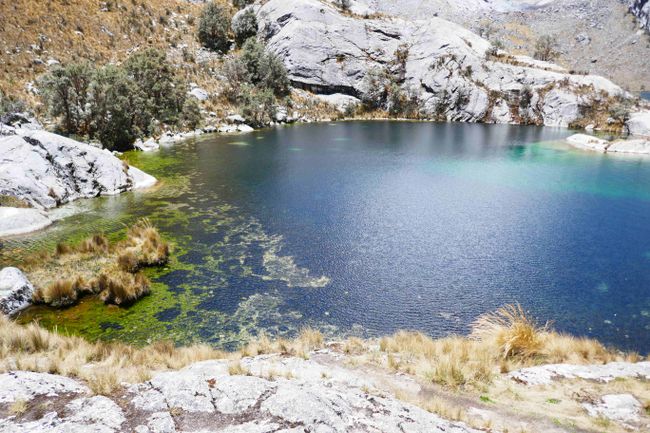
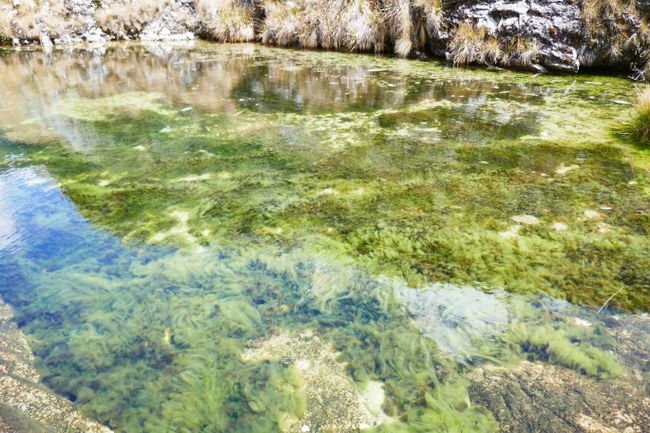
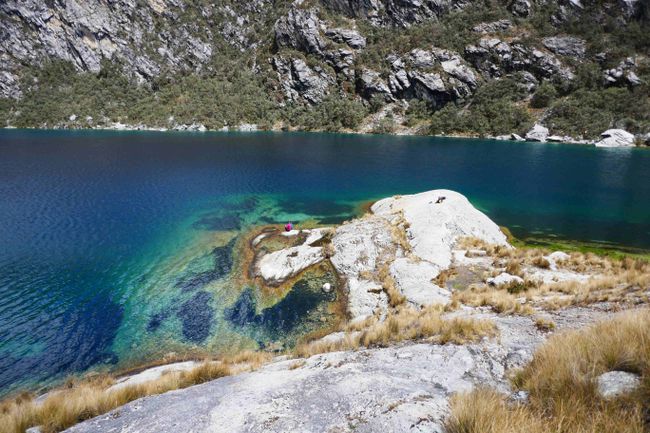
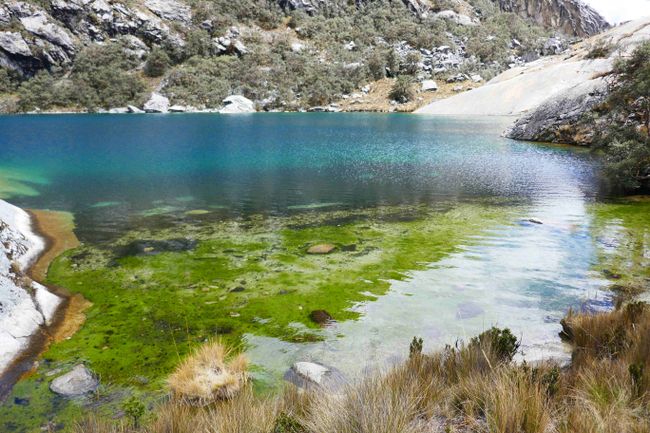
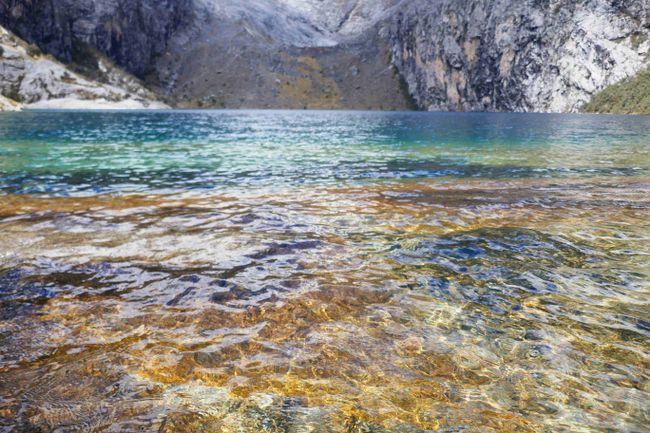
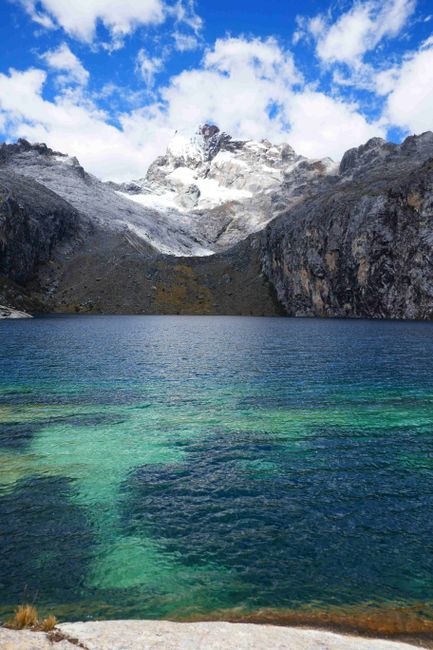
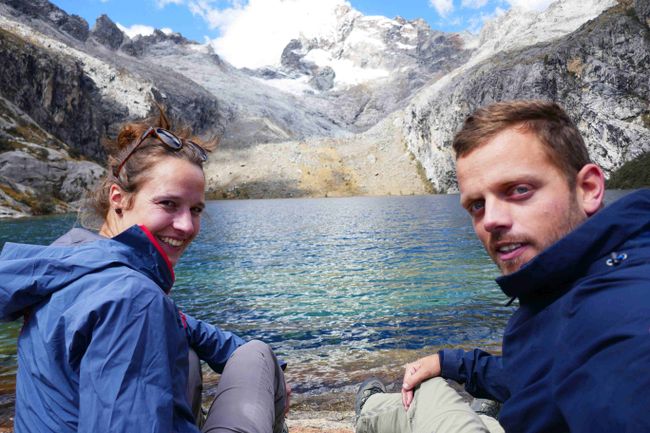
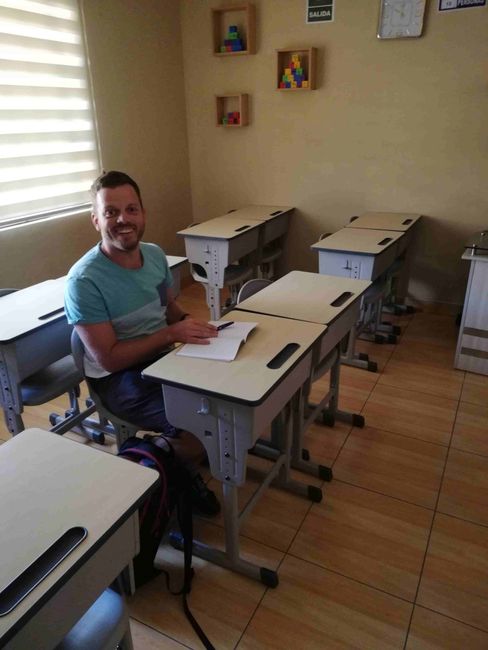
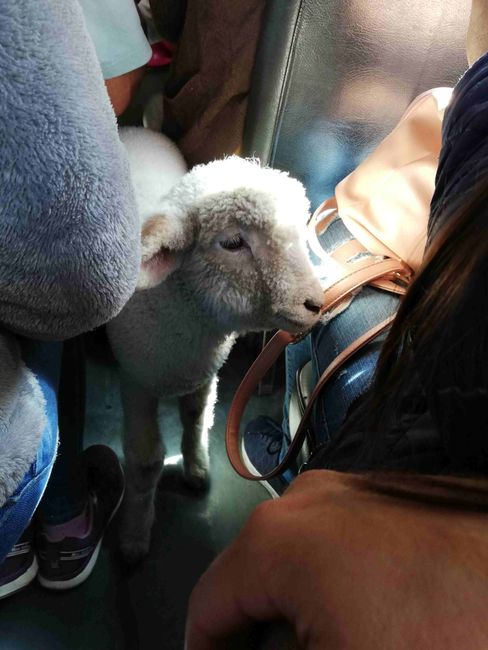
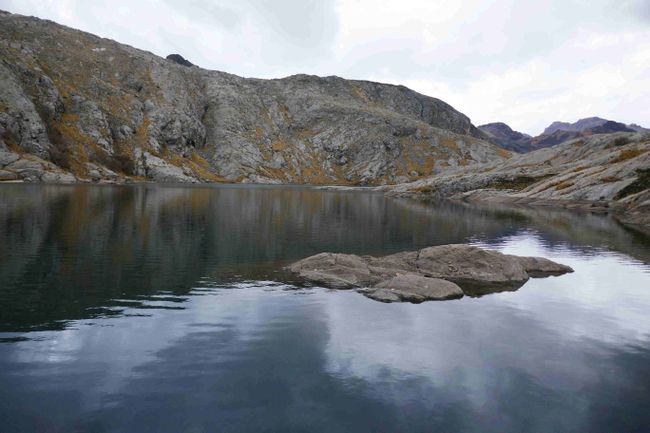
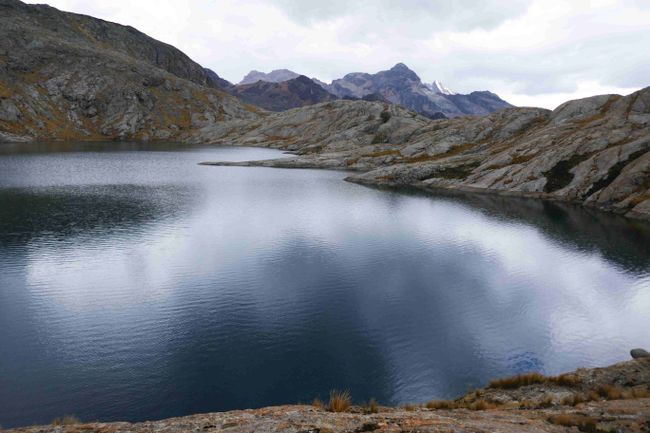
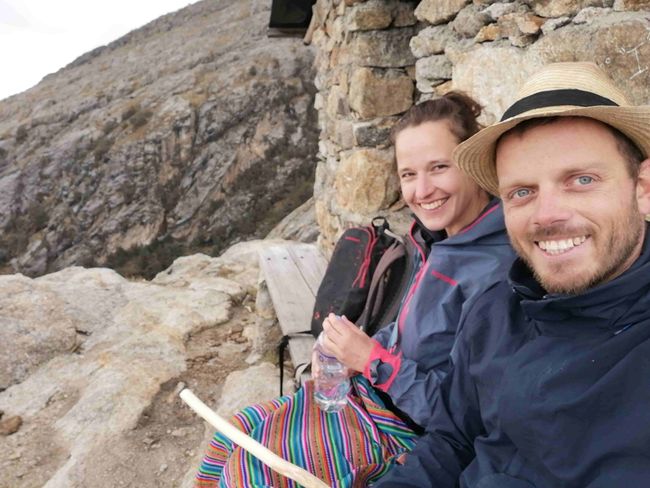
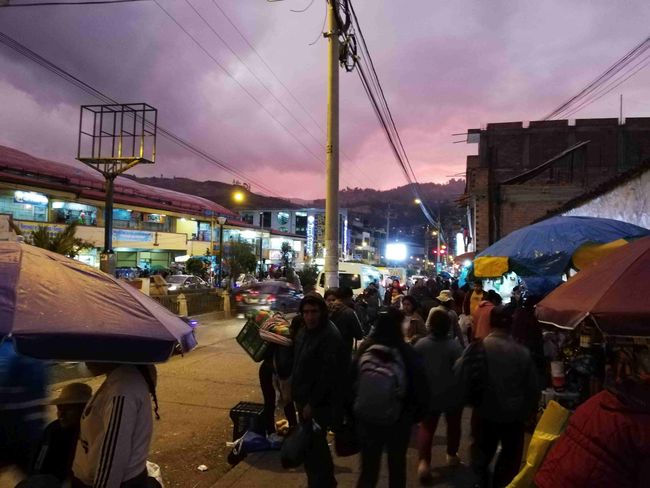
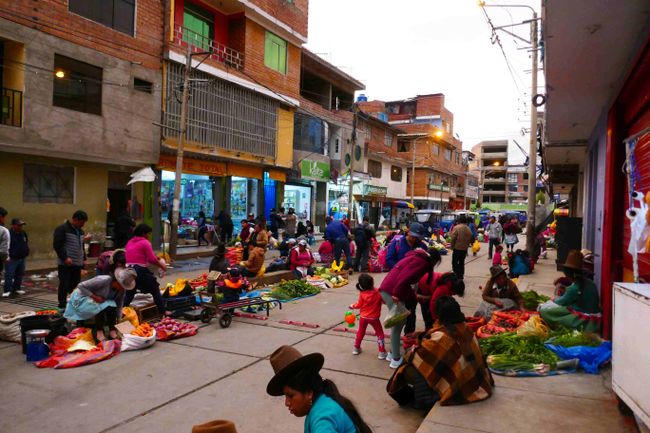
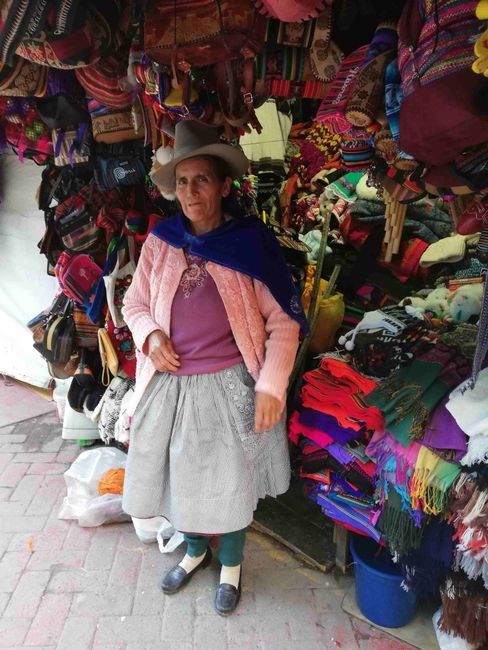
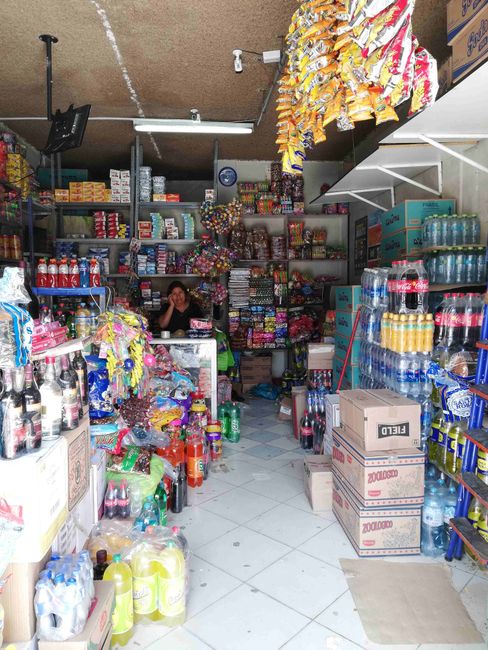
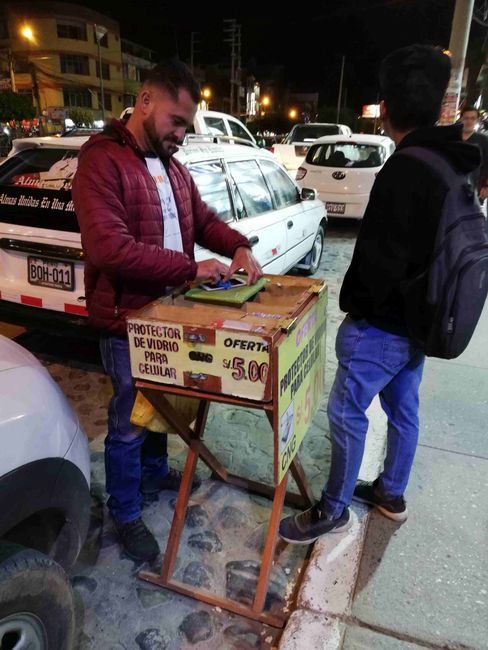
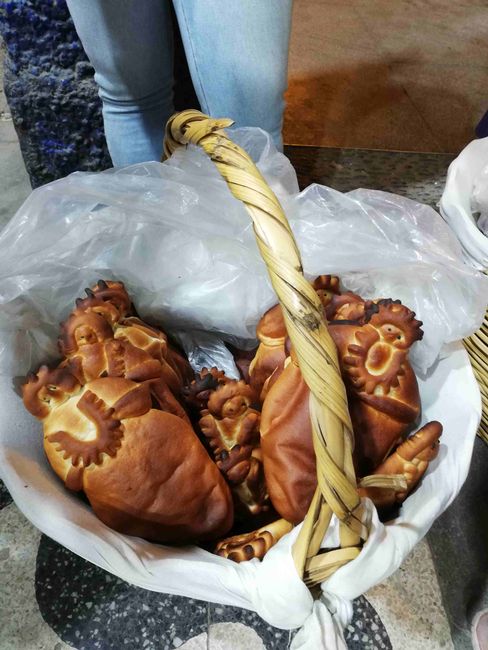
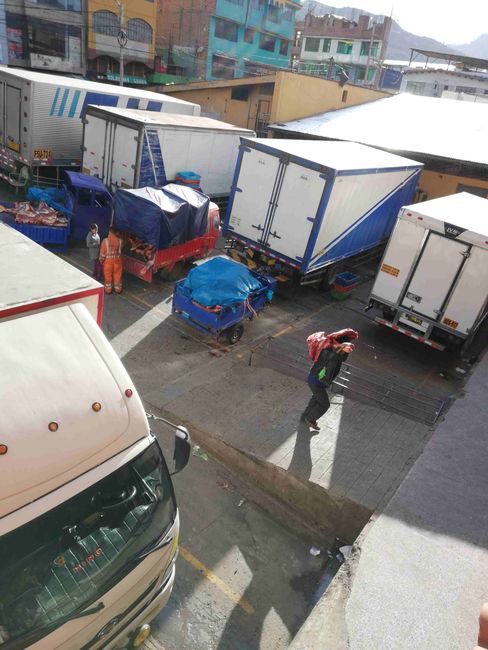
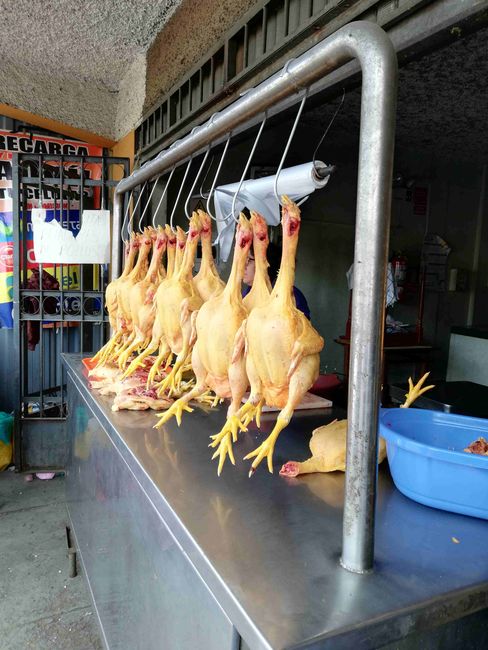
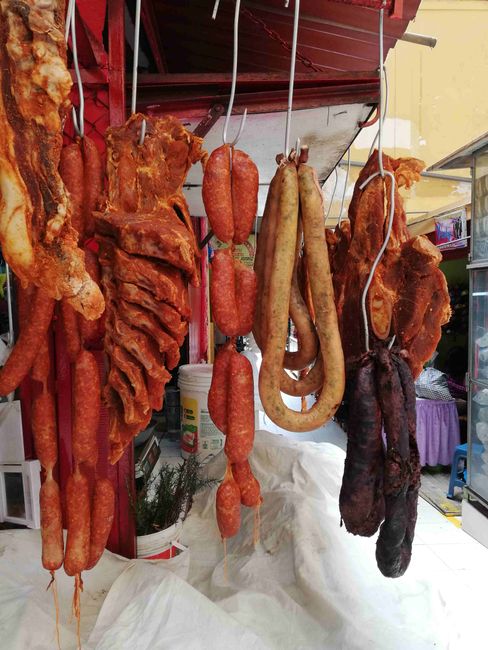
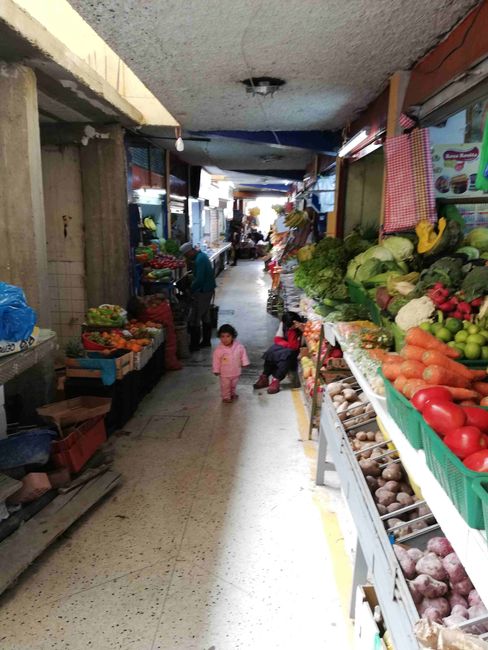
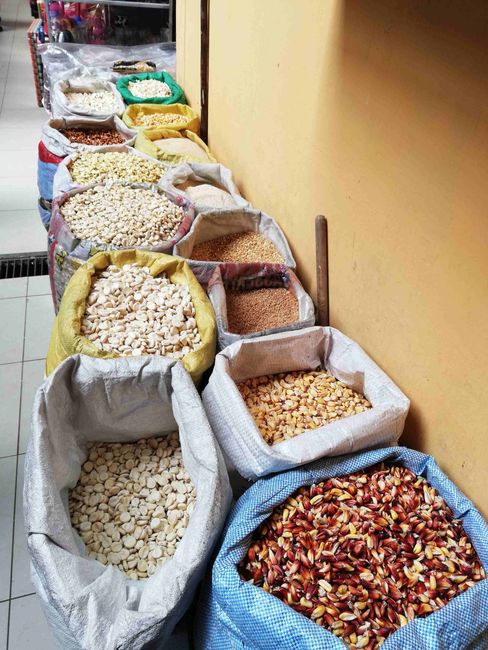
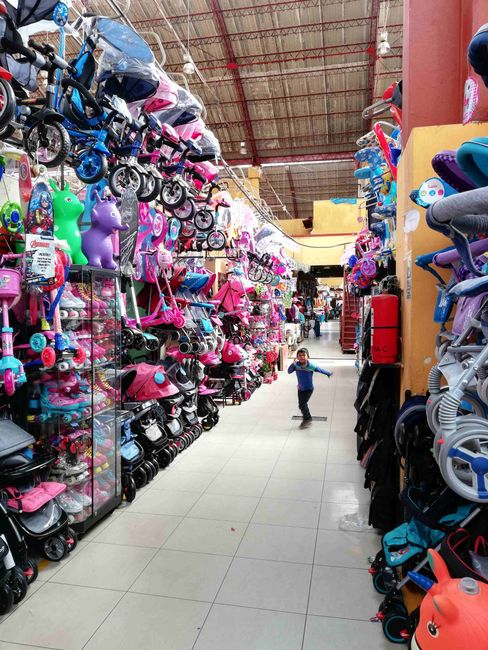
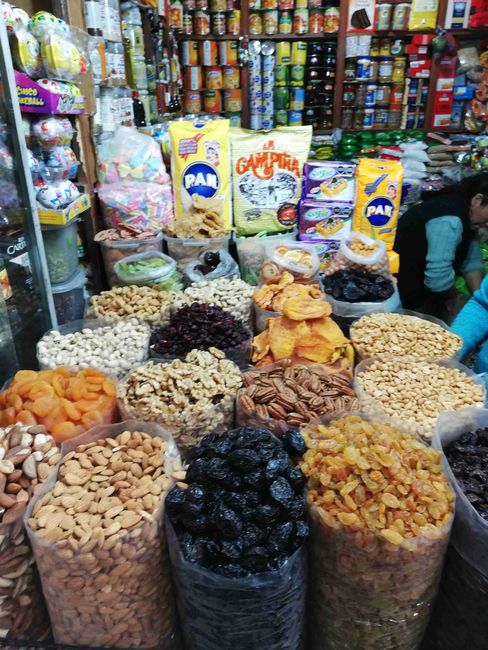
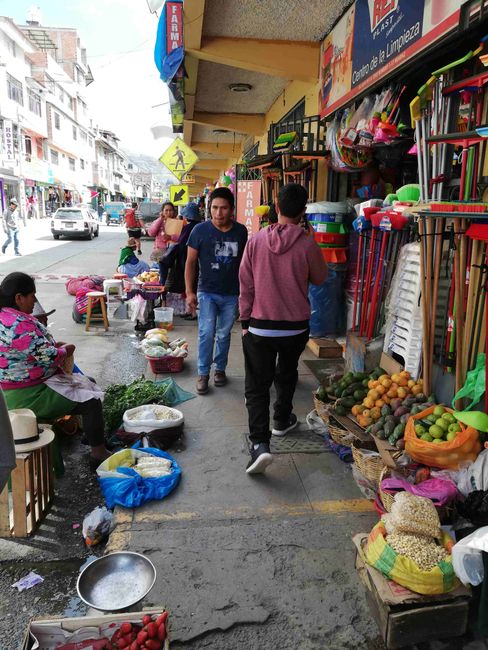
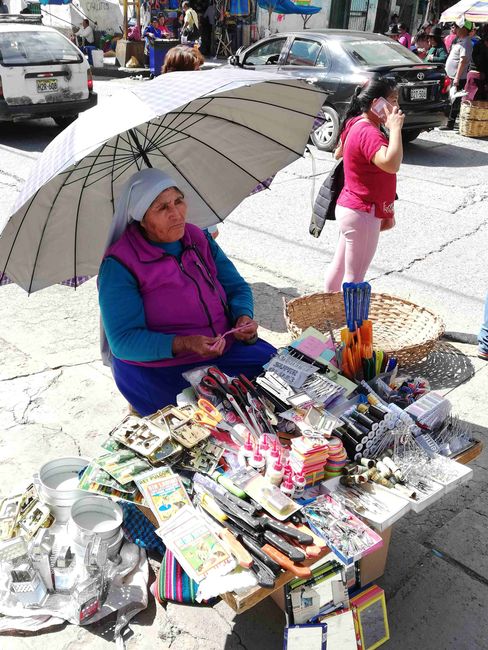
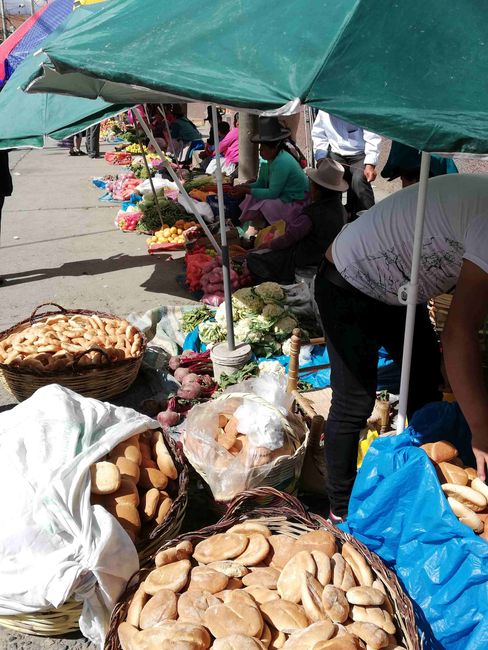
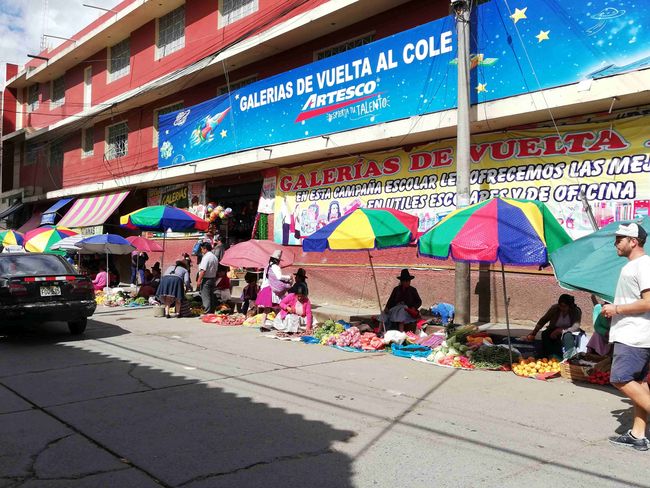
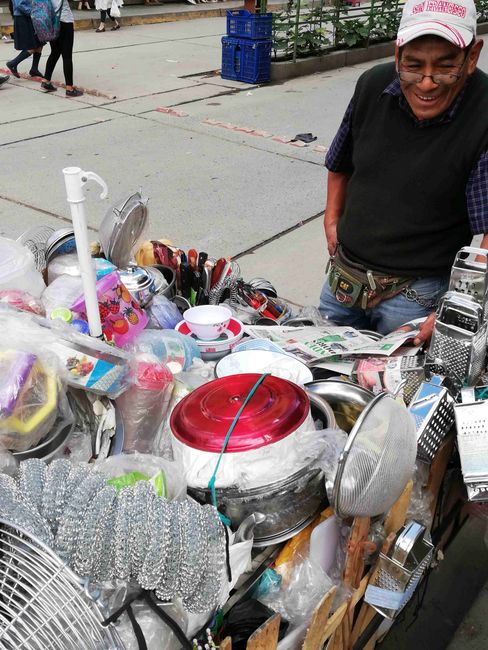
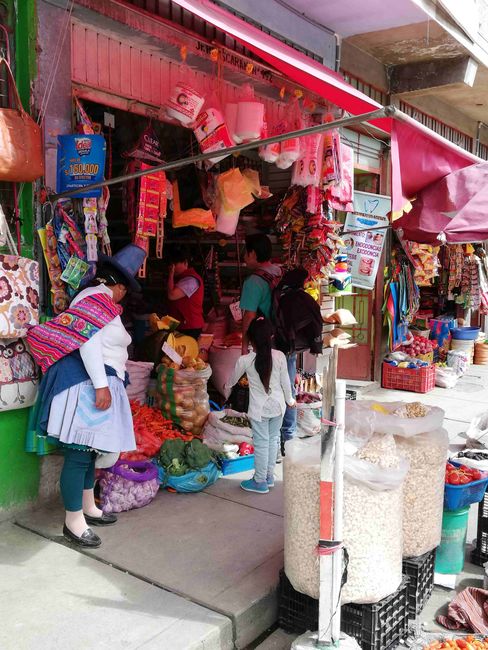
Abonneren op de nieuwsbrief
In Huaraz we stayed at a hostel whose manager, Paul, was very helpful in planning all kinds of hikes and of course had connections to tour operators. We knew from the beginning that we wanted to do a multi-day hike and we got detailed information from him. We also took a look at the eight-day circular hike around the Huayhuash mountain range, which is known to be beautiful but challenging. Since this hike does not pass through villages and only passes a few mountain farms, camping is the only option. And we knew that we would probably be tired of hiking with all the camping gear on our backs after four days - plus we would have had to rent everything. Paul had a group trek starting on November 30th. On this trek, you only carry a daypack and the camping gear is transported from campsite to campsite on mules. We were still hesitant when a group from this trek returned and one of the participants raved about how much this hike is worth it. So we decided to do it!
Since there were still six days until the 30th, we had to fill them - without getting tired of hiking already. We had already started with an acclimatization hike and planned two more. For the remaining days, we quickly organized private Spanish lessons to make good use of the time.
Hikes
The first small hike was rather unspectacular. The hike to Churup Lake, on the other hand, was beautiful. First, an eventful ride on the colectivo (see below) up to 3800m, and then a well-prepared path up 800 meters in altitude. Yes, we were panting quite a bit :-D. The ascent is even quite entertaining as it leads over rocky passages where fixed ropes have been attached. The lake is crystal clear and was mirror smooth when we arrived. Together with the Churup peak in the background, it was the perfect postcard view.
For the next hike to Laguna Ahuac, we were the only tourists in the colectivo. Here, too, you have to overcome almost 1200 meters in altitude. First, we walked past fields and meadows and encountered the only llamas here; a farmer was just bringing them to pasture. Llamas are hardly common in northern Peru, sheep and cattle farming predominates here. Until shortly before reaching the destination, we did not encounter any other tourists, only a shepherd. The Ahuac is also a beautiful mountain lake with an impressive mountain backdrop. But since it is less turquoise, it is probably not as popular as some of the over 800 lakes in the Cordillera Blanca.
Huaraz
Of course, during these days we also had plenty of time to experience the town of Huaraz and thus an authentic piece of Peru. We liked it very, very much. Not because it is a visual delight, but unlike Arequipa, there are no well-groomed tourist promenades full of restaurants according to Western standards, tour operators, and traditionally dressed women with llamas who want to be photographed for money. It is a small town full of locals, the only center with modern infrastructure for a whole mountain region. On the streets, you only encounter a few other gringos, everything revolves around normal life, like in Wädenswil, and not mainly around tourism.
In the market hall, you can get everything a household needs, from sewing needles to groceries to a dog feeding bowl. The whole town, but especially the streets around the market hall, are full of small shops where the selection continues in the same style, as well as full of predominantly women who spread their goods on the ground. With many - we assume - it is their own harvest, others offer bread rolls, or dishes, sugared oat pops, fresh herbs, suspenders and shoelaces, etc. In addition, food stalls fill the streets, for example, ones with a whole suckling pig, or simply fresh pastries, bean salad (Chocho), grilled chicken feet (of course, Simon tried them), etc.
It's funny for us that the market hall is organized by industry: there is a meat street, a grain street, a flower corner, a fabric street, etc. - different vendors line up there offering often the same things. In the city, there is accordingly the street with lots of printing shops and stationery stores, the alley with the Pollofrito restaurants, the one with pharmacies, and the one with clothing stores. This way, you can find your way around easily, but isn't it disadvantageous due to the competition?
The street dogs. Especially just outside the core, in the "residential areas", they are everywhere. In most cases, they are very uninterested in humans and therefore very friendly, which I am very happy about. There are no limits to the combination of breeds. This leads to very extraordinary and sometimes funny characters. The funniest ones are the big dogs with dachshund legs inherited.
The litter. Just like with us, people do not identify with public streets and squares and therefore take less care of their cleanliness than their own gardens. So I can fully understand that cleaning streets, public bins, etc. in Peru does not happen at Swiss level and I even find Peru quite clean in this regard.
However, while hiking, we also passed through villages/weilers where garbage is lying on the fields, in the gardens, literally in front of their own front doors. Of course, there is no waste disposal. But why not dig a hole and throw all the garbage in the same place? I simply cannot imagine that it does not bother someone. Maybe paper, banana peels, and plastic packaging are not considered as dirt? It remains a mystery to me.
Colectivos. That's what the shared taxis are called that operate like bus lines but only leave when they are at least ¾ full. Often they are connections between the city center and the surrounding villages. We used them several times to get to the starting points for our acclimatization hikes. It's an experience in itself! A minibus, in which at most 11 passengers would be allowed to ride with us, is set up so that at least 17 people can sit comfortably (a double seat is about as wide as one and a half seats for us), and then there are those who crouch in the "aisle". Neither Simon nor I are very tall, but the seats are so tight that we didn't really know where to put our knees. Often traditionally dressed women got on board, who had probably done shopping in the town and were now going back to the village. Once we had the pleasure of sitting next to a sack full of dead chickens. Maybe it was only chicken feet, a bunch of them was sticking out of the bag. The other time, a woman got on with a young sheep... It even peed in the bus, which caused some chuckles among the locals, but otherwise no one batted an eye at the passenger :-)
Abonneren op de nieuwsbrief
Antwoord

Reisverslagen Peru
